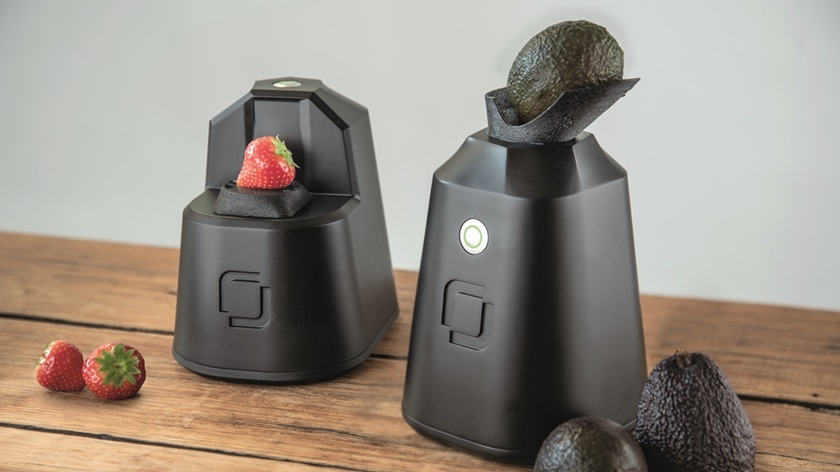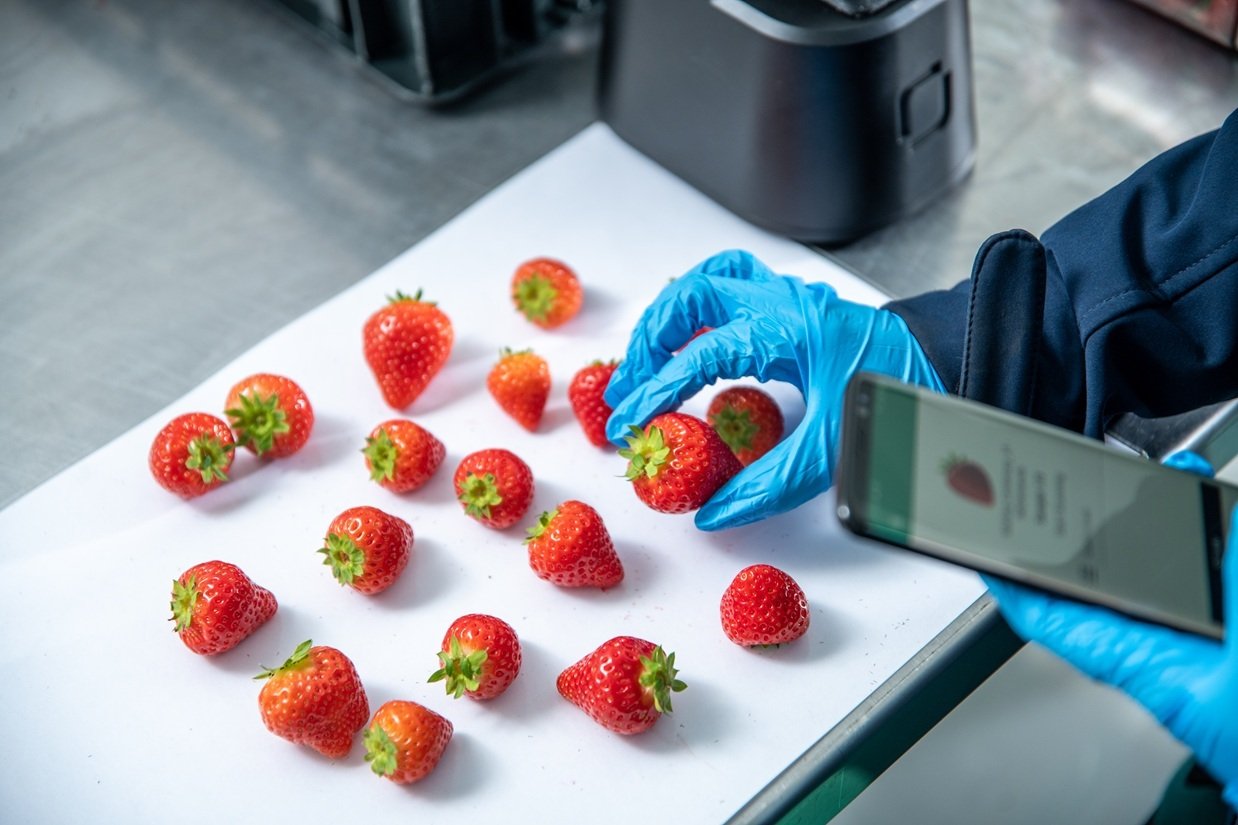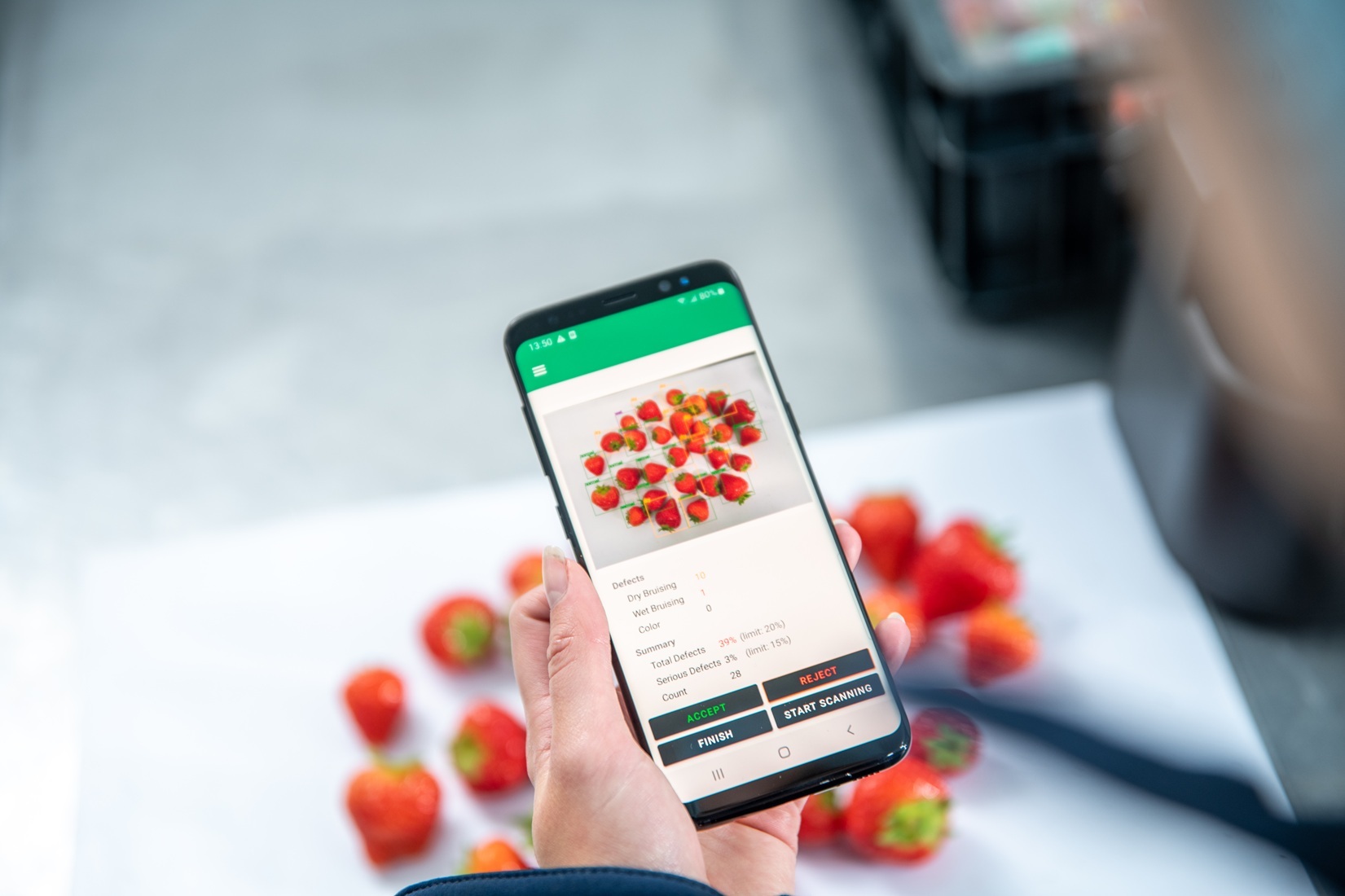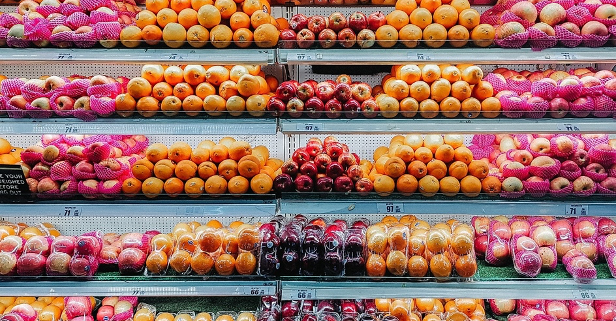
21 Jun 2023
doorOneThird
Some amount of shrink is inevitable when shipping fresh produce. It’s also a direct result of cost-cutting in many cases. However, if you can reduce the amount of food loss you have then there is a direct way to improving profitability.
If you’re ready to prevent food loss and give your customers fresher fruits and vegetables, then read on for 10 actions you can take when shipping fresh produce.
1. Use Shelf Life Prediction Technology
The majority of shelf life predictions come from static testing, which is a nice way of saying “sitting and waiting for the items to rot.”

There are four main types of shelf life prediction technology. OneThird has technology that determines the shelf life in under one second.
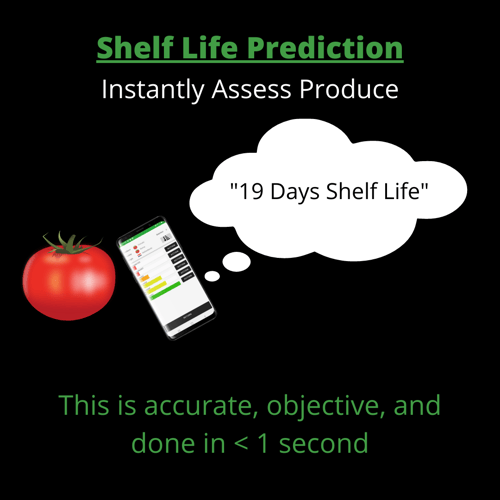
All you have to do is hold the handheld scanner against the skin of the fruit or vegetable and a non-destructive light enters the item. From this simple action, you can see the number of days remaining on a connected smartphone or tablet.
2. Perform QA/QC Upon Receiving
One of the best ways to prevent food loss and waste is to perform quality control checks upon receiving your produce.
It’s possible that your products are destined to spoil regardless of your cold chain management.
The best approach is to use an objective assessment because subjectivity can lead to misguided decisions.

Spectroscopy is so helpful because the shelf life prediction is not up to the subjectivity of the inspector. This way you can ensure your employees make the right decisions, regardless of their level of training and judgment.
3. Implement FEFO Instead of FIFO
You’re still sending the first products that arrive out first?
If you are processing millions of items per day, that may be the most economical way.
However, imagine having the ability to know which batches will survive a long-haul shipment. You could then send batches near expiration to local customers and those lasting longer to further customers.


4. Create and Stick to Proper Handling Protocols
Excessive or rough handling can bruise and damage produce. Bruising causes your produce to spoil faster.
You can tell your employees to gently handle products, but it’s best to hold them to a well-documented standard operating procedure (SOP). This way they clearly know how to properly handle your items and have a reference to look back on.
5. Ensure Refrigerated Trucks Function Properly
Your refrigerated (or, reefer) truck is what connects the cold chain across the country.
If this truck isn’t keeping your produce at the proper temperature then your supply chain is ruined.
You can use temperature monitoring technology to track how the temperature varies over time.
6. Keep Truck Temperature Consistently Low Instead of Cycling
Fruit and vegetables don’t like a lot of changes in temperature. While you may be saving money by turning the cooling off and on in the refrigerated truck, you’re damaging the produce as a result.
When your trucks make stops and open the doors, this also introduces temperature changes to the produce. It’s best to minimize these changes as much as possible and to keep the cooling running.

7. Clear any Airflow Blocks
Airflow blocks can be hard to identify because you can’t see air. Still, if one of your pallets of items is blocking the airflow then your products will not be properly cooled.
Your temperature monitoring equipment may be able to help if you have enough thermometers and know the position of each.
It’s easiest to just check that the cooled air is not blocked.
8. Pre-Cool Both the Truck and Products
Just like the above tip, pre-cooling helps to keep the products at a consistent temperature. The best logistics operations have pre-cooling down to a science, and for good reason- it keeps their produce fresh.
From the moment an item is harvested, keeping it consistently cool is crucial to maintaining long shelf life.
9. Load Produce With Compatible Items
Multiple factors can lead to a shortened shelf life when shipping fresh produce using a reefer truck. Below are three ways to mitigate these factors.
Store items in their ideal temperature range
The ideal storage temperature varies for each type of produce. You should load items with similar ideal temperatures together when shipping. This guide to reefer commodities and temperatures should help you decide which products to group.
Avoid cross-contamination
If you load your produce under meat or fish it can lead to cross-contamination and food safety concerns. But loading trucks with just produce can also lead to issues because of ethylene.
Minimize ethylene exposure
Some fruits and vegetables release ethylene, which can cause others to ripen. This is why you need to separate apples from other items in your fridge. Premature ripening due to ethylene exposure can cause entire batches to rot early. This is more likely to happen on long-haul shipments, but it’s important to follow best practices when it comes to loading produce.

10. Improve Packaging and Use Other Shelf Life Extension Methods
There is a lot of innovation around improving packaging and other technologies that can extend the shelf life of produce.
One example is Apeel’s coverings that surround the outside of products and prevent moisture loss.
We wrote a popular blog post on 9 methods to extend the shelf life of fresh produce that talks about these coverings and more.









Summary
Shipping fresh produce is a complex process that can be boiled down to a few main messages.
- Keep your produce cool
- Track the produce freshness objectively and use it for decision making
- Minimize physical damage and exposure to harmful elements
If you want to measure produce freshness objectively, then be sure to learn more about shelf life prediction technology.
We’re always happy to help identify how this technology can provide the greatest return for your business. Contact us to set up a meeting!
